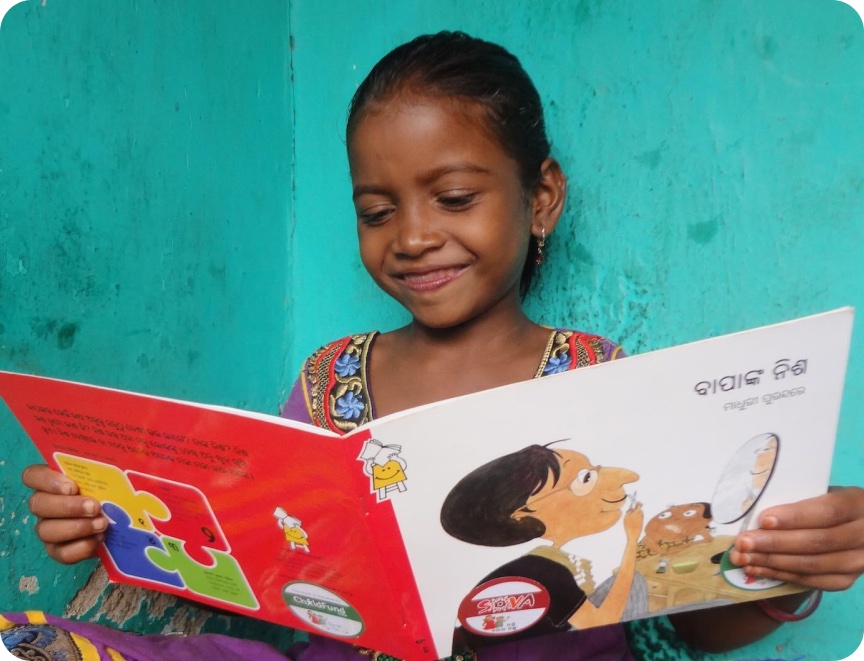Pages
- 1,000 children in one year
- About Us | ChildFund Australia
- Advocacy
- Cambodian noodle recipe
- Card Download
- Charity Fundraising Ideas
- Checkout
- Child Safeguarding Policy
- Child Safeguarding Values for Supporters
- ChildFund Australia and iCARE
- ChildFund Australia Newsletter (April 2023)
- ChildFund Branded Apron Giveaway
- ChildFund’s Swipe Safe
- Complaints
- Contact Us
- Exclusion List
- FAQs
- Gift Basket
- Gifts For Good
- Gifts In Wills
- Healthy Futures Fund
- Healthy Futures Fund 14/10/24 update test
- Home Old
- Information for Child Sponsors
- Major Gifts: Philanthropy & Partnerships
- Media & News
- My account
- New mothers impact kit
- OLD – Healthy Futures Fund
- Our Appeals
- Bangladesh Child Protection Appeal
- Bangladesh Child Protection Appeal
- Children in Conflict TMPC
- Donate to Swipe Safe
- Girls Education
- Help create a world that’s safe for kids? Phi
- Myanmar Emergency Appeal
- Myanmar Emergency Plus
- New Mothers Impact Kit – Provide 3 Months of Urgent Care.
- Nutrition Appeal
- Old – Send a Smile
- Old Online Safety Appeal
- Online Safety Appeal
- Online Safety Appeal.
- Send a Smile
- Signup to Healthy Futures Fund
- Will you help create a world that’s safe for kids?
- Will you help create a world that’s safe for kids? sp
- Pardon the Disruption
- Pareto Phone data breach – Frequently asked questions
- Policies & Guidelines
- Privacy Collection Notice
- Privacy Policy
- Publications & Reports
- Safer World
- Sign your Cards
- Site Cookies
- Stories
- Supporter Agreement
- Tax Calculator
- Thank You
- The Way We Work
- Together, let’s end child poverty | ChildFund Australia
- Where It’s Needed Most
- Where We Work
- Work With Us
Archives
- July 2025
- June 2025
- May 2025
- April 2025
- March 2025
- February 2025
- January 2025
- December 2024
- November 2024
- October 2024
- September 2024
- August 2024
- July 2024
- June 2024
- May 2024
- April 2024
- March 2024
- February 2024
- January 2024
- December 2023
- November 2023
- October 2023
- September 2023
- August 2023
- June 2023
- May 2023
- April 2023
- March 2023
- February 2023
- January 2023
- December 2022
- November 2022
- October 2022
- September 2022
- August 2022
- July 2022
- June 2022
- May 2022
- April 2022
- March 2022
- February 2022
- January 2022
- December 2021
- November 2021
- October 2021
- September 2021
- August 2021
- July 2021
- June 2021
- May 2021
- April 2021
- March 2021
- February 2021
- January 2021
- December 2020
- November 2020
- October 2020
- September 2020
- August 2020
- July 2020
- June 2020
- May 2020
- April 2020
- March 2020
- February 2020
- January 2020
- December 2019
- November 2019
- October 2019
- September 2019
- August 2019
- July 2019
- June 2019
- May 2019
- April 2019
- March 2019
- February 2019
- January 2019
- December 2018
- February 2018
- January 2018
Categories
- Child Protection (47)
- Child rights (18)
- ChildFund Staff Profile (3)
- Education (69)
- Emergencies (30)
- Featured (3)
- Food and nutrition (13)
- General (46)
- Health (48)
- Livelihoods (1)
- Social and emotional learning (10)
- Sponsorship (9)
- Sport for Development (19)
- Supporter Stories (29)
- Water and Sanitation (8)
- Women and girls (19)
- About Us
- Swipe Safe
- Our Impact
- Ways to Support
- Buy Gifts For Good
- My account





























